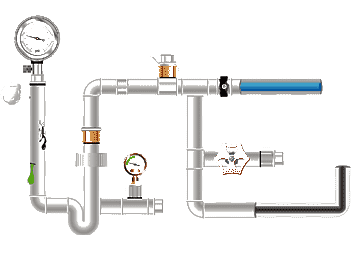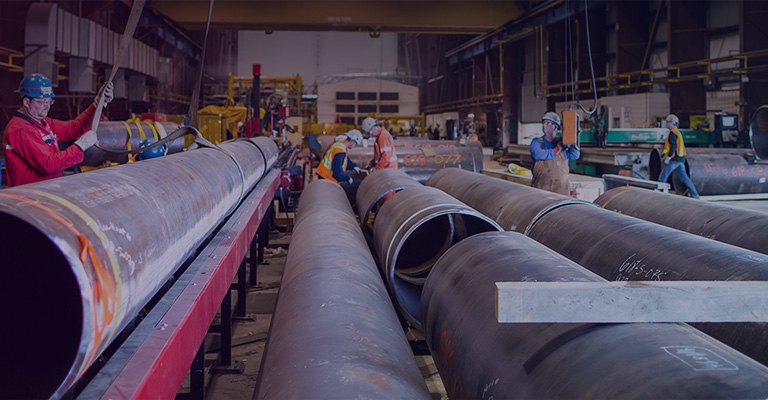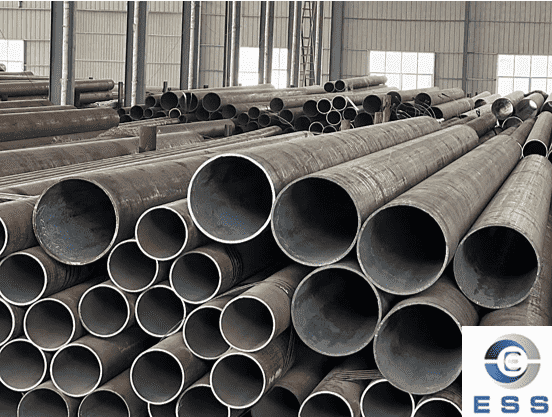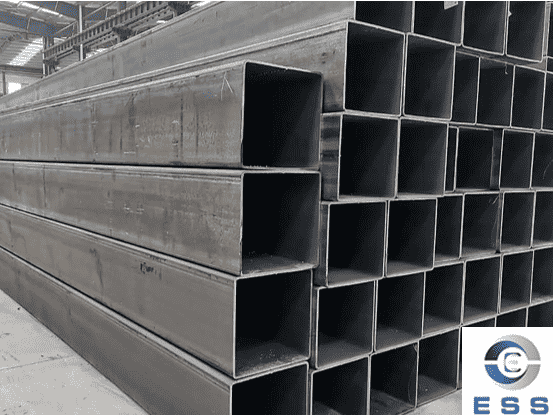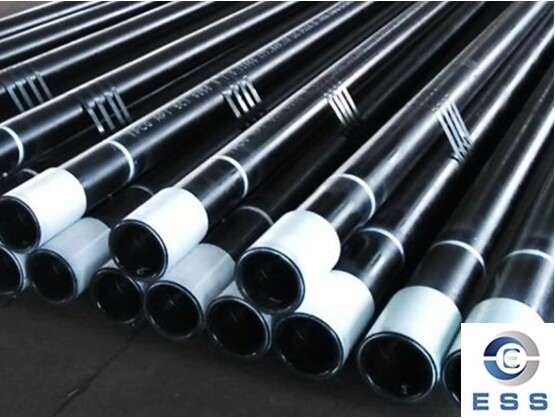Introduction to common hydraulic tubes models
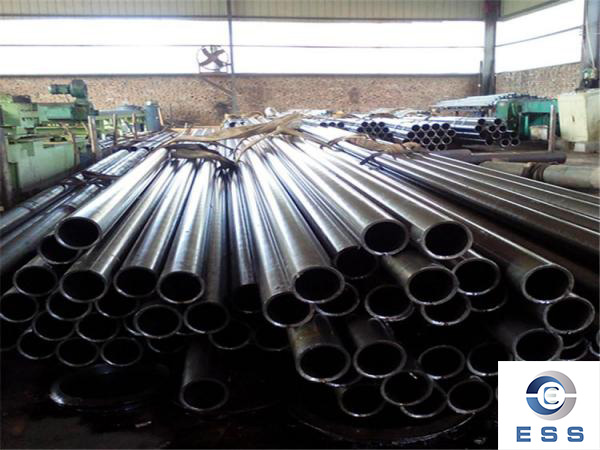
Overview of hydraulic tubes
Hydraulic tube is a pipe that can withstand high-pressure liquid transmission and has certain strength and corrosion resistance. Hydraulic tube plays an important role in hydraulic systems and is widely used in construction machinery, petroleum machinery, mining machinery and other fields.
Common pipes
1. Iron pipe: There are two main types of iron pipe hydraulic tubes, one is ordinary carbon structural steel pipe, and the other is alloy structural steel pipe. The diameter range of iron pipe is φ4-φ76mm, and the wall thickness is 0.5-5mm.
2. Stainless steel pipe: Stainless steel hydraulic tubes are divided into ordinary stainless steel pipes and precision stainless steel pipes. The diameter range of ordinary stainless steel pipes is φ6-φ108mm, and the wall thickness is 0.5-3mm; the diameter range of precision stainless steel pipes is φ5-φ80mm, and the wall thickness is 0.4-3mm.
3. Aluminum alloy pipe: There are many types of aluminum alloy hydraulic tubes, mainly hard aluminum alloy, monel alloy, cast aluminum alloy, etc. The diameter range of aluminum alloy pipes is φ6-φ50mm, and the wall thickness is 0.5-2.5mm.
4. Carbon fiber composite pipe: Carbon fiber pipe is widely used in aerospace, aviation, automobile, sports equipment and other fields due to its excellent performance. The diameter range of carbon fiber hydraulic pipe is φ6-φ64mm, and the wall thickness is 0.8-4.8mm.
Common hydraulic tube type
1. Seamless steel pipe
Seamless steel pipe refers to a steel pipe made without a welded joint. This steel pipe has high strength and pressure resistance, and is suitable for high pressure, high temperature, low temperature, corrosion, precision processing and other fields. Commonly used seamless steel pipe models are: 20#, 45#, 16Mn, 27SiMn, etc.
2. Welded steel pipe
Welded steel pipe refers to a steel pipe made of steel plate or steel strip by welding process. The manufacturing process of this steel pipe is simple, the production cost is relatively low, and it is suitable for general low-pressure occasions. Commonly used welded steel pipe models are: Q235, Q345, 10#, 20#, L245, etc.
3. Internally threaded steel pipe
Internally threaded steel pipe refers to a steel pipe with threads processed on the inside of the steel pipe. This type of steel pipe is mainly used for connecting parts such as conversion joints and regulating valves in high-pressure hydraulic systems. Commonly used internal threaded steel pipe models are: 20MnV6, ST52.4, E355, etc.
4. Externally threaded steel pipe
Externally threaded steel pipe refers to a steel pipe with threads processed on the outside of the steel pipe. This type of steel pipe is mainly used for threaded connection with pipe fittings and is widely used in mechanical engineering, construction engineering, chemical pipelines, etc. Commonly used externally threaded steel pipe models are: J55, K55, N80, etc.
Commonly used materials for hydraulic tubes include seamless steel pipes, welded steel pipes, stainless steel pipes, copper pipes, etc., and different pipes also have different models. The following lists several common hydraulic pipe models and their characteristics.
|
Model name
|
Features
|
|
GB/T3639-2000
|
Cold drawn seamless steel pipe, suitable for making high-precision hydraulic systems.
|
|
GB/T17396-2009
|
Precision seamless steel pipe, with a smooth surface and precision-processed inner and outer walls, has a long service life.
|
|
GB/T8162-2008
|
Ordinary seamless steel pipe, widely used, and relatively economical price.
|
|
GB/T14975-2002
|
Stainless steel pipe, strong resistance to oxidation and corrosion, suitable for high temperature and high pressure environment.
|
|
GB/T18704-2002
|
Forged copper alloy pipe, with good processing performance and surface finish.
|
Hydraulic tube model
The following table lists the common hydraulic steel pipe models, specifications and parameters for reference.
|
Model
|
Outer diameter (mm)
|
Wall thickness (mm)
|
Length (m)
|
Nominal pressure (MPa)
|
|
20#
|
30
|
3.5
|
6~12
|
16~25
|
|
45#
|
38
|
4.5
|
6~12
|
30~40
|
|
16Mn
|
40
|
4
|
6~12
|
25~32
|
|
27SiMn
|
50
|
5
|
6~12
|
40~60
|
|
Q345B
|
60
|
6
|
6~12
|
40~80
|
|
20G
|
76
|
6.5
|
6~12
|
40~100
|
|
ST35
|
89
|
8
|
6~12
|
60~120
|
|
ST52
|
102
|
10
|
6~12
|
70~160
|
Hydraulic tube selection parameters
1. Outer diameter (mm): The outer diameter of the hydraulic tube is generally between 30mm~102mm, and the outer diameter directly affects the internal flow and nominal pressure of the pipeline.
2. Wall thickness (mm): The thicker the wall thickness, the higher the compressive strength, but the cost also increases. It needs to be selected according to specific process requirements and usage scenarios.
3. Length (m): The length of hydraulic steel pipes is generally between 6m and 12m. The length selection needs to consider the convenience of transportation and installation.
4. Nominal pressure (MPa): The nominal pressure of hydraulic steel pipes refers to the design strength of the pipe, which is generally between 16MPa and 160MPa.
Production standards for hydraulic tubes
The production standards of hydraulic tubes mainly include ASTM, GB, DIN, etc., and there are certain differences in the standards of various countries. In general, domestic hydraulic pipe manufacturers will refer to international standards for production, and at the same time, they must also follow relevant national laws and regulations and industry standards.
1. DIN standard: The standard issued by the German Industrial Standardization Organization, commonly used for iron pipes and stainless steel pipes in hydraulic systems.
2. ASTM standard: The standard issued by the American Society for Testing and Materials, commonly used for stainless steel pipes and aluminum alloy pipes in hydraulic systems.
3. JIS standard: The standard issued by the Japanese Industrial Standardization Organization, commonly used for iron pipes and aluminum alloy pipes in hydraulic systems.
Notes
When selecting hydraulic tubes, you must pay attention to the following factors:
1. Determine the pressure and temperature range of use and select the pipe material reasonably.
2. Calculate the cable force, curvature and pipe diameter according to the length and curvature of the pipeline, and select the appropriate pipe diameter.
3. Ensure that the pipe has a certain length margin to avoid elongation or too short causing the pipe to crack.
4. When selecting hydraulic pipe joints, they must match the pipe model.
5. Select the pipe material and wall thickness according to the system pressure to ensure the safety of the system.
6. Select the appropriate pipe material according to the acidity, alkalinity, temperature and other factors of the working medium.
7. Select special pipes such as corrosion-resistant, high-temperature-resistant, and anti-static according to the requirements of the use environment.









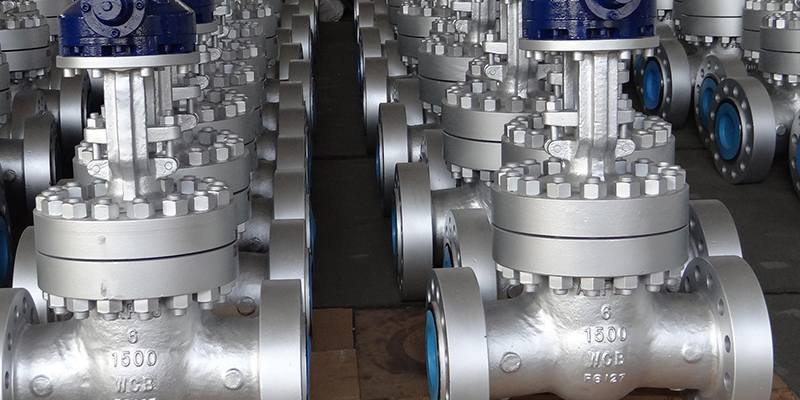
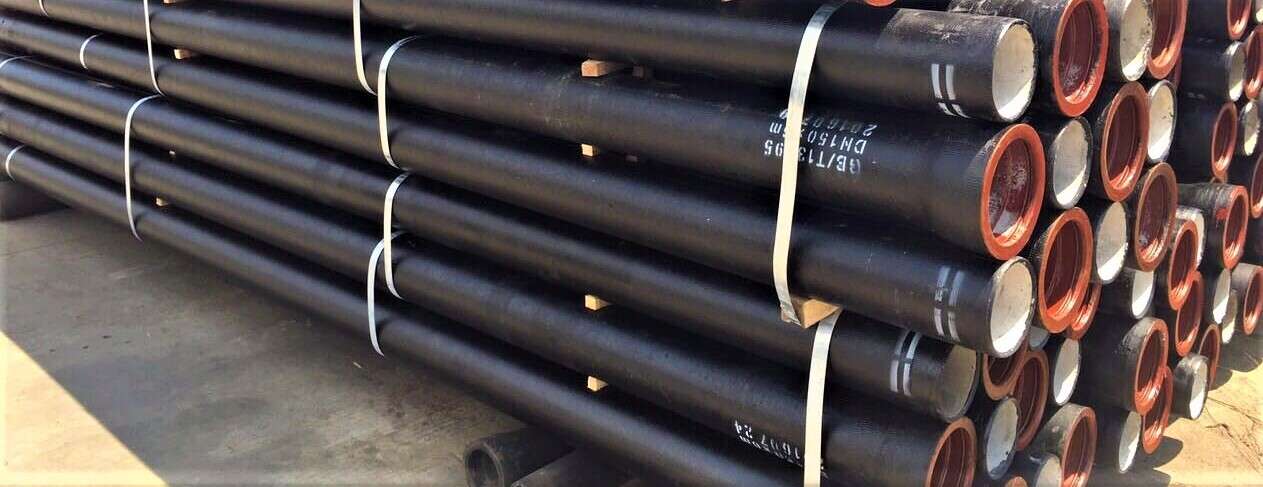


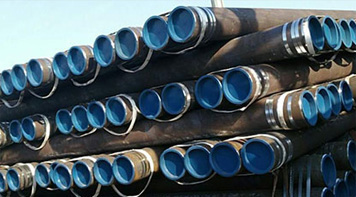 Eastern Steel Manufacturing Co.,Ltd not only improve product production and sales services, but also provide additional value-added services. As long as you need, we can complete your specific needs together.
Eastern Steel Manufacturing Co.,Ltd not only improve product production and sales services, but also provide additional value-added services. As long as you need, we can complete your specific needs together.
